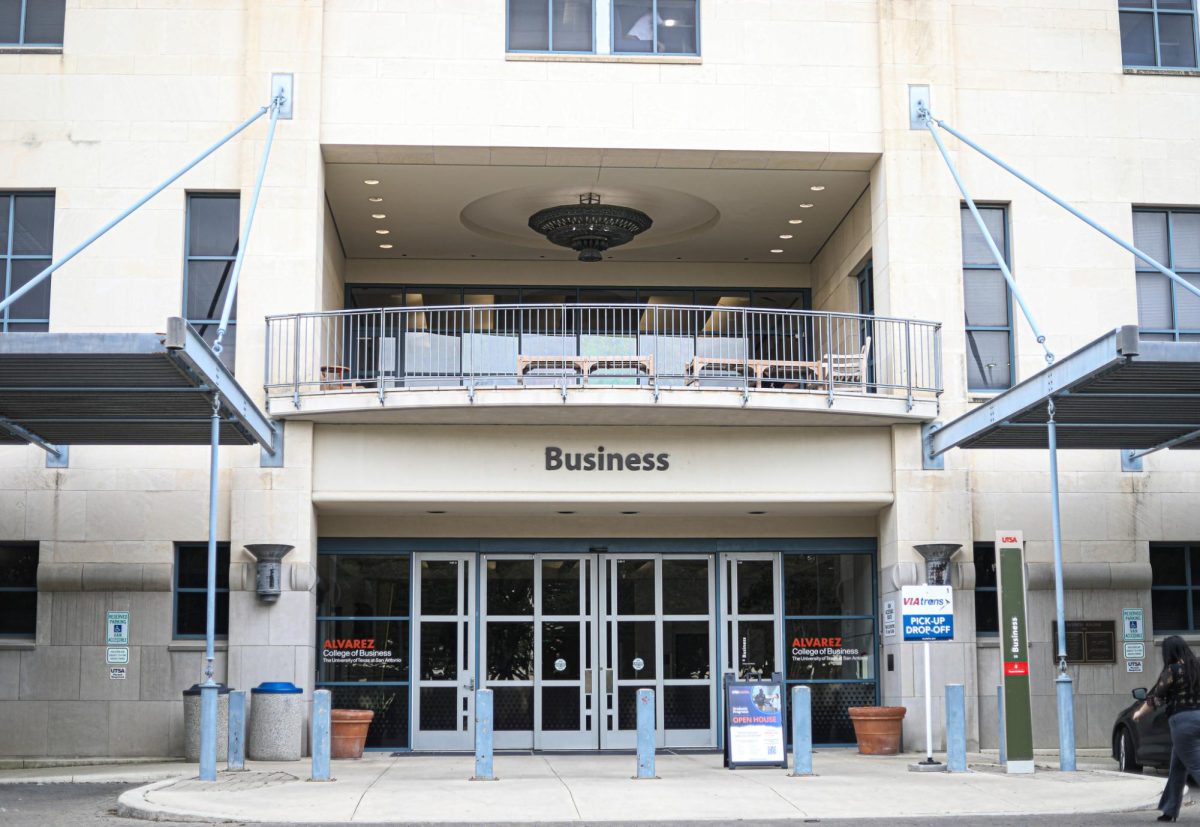With the one-year student regent term coming to an end, the search for a new student regent to becoming the voice of thousands of students at every UT Campus in Texas has begun.
“Anytime a school decides to add programs or do anything like that it has to be approved by the Board of Regents,” President of Student Government Association (SGA) Christina Gomez said.
The UT System Board of Regents has nine members who have the final approval of anything that happens on a UT campus.
Gomez said that UT campuses submit binders of ideas to be approved by the Board of Regents.
In 2005, Senate Bill 1227 was established by Texas Legislature to establish a student regent within the UT system board of regents. The student regent serves a one-year term.
“This student sits on the committee but doesn’t have a vote, so he is allowed to voice the concerns for every student in the UT system, but doesn’t have a final vote,” Gomez said.
The student regent position is held by Ben Dower, the former SGA president of UT-Arlington.
Previous student regents include Brian J. Haley, who attended UT Austin School of Law and Randal M. Camarillo who attended UT Health Science Center in Houston.
“It’s a really important position because as a student you want to voice your concern, and it means a lot more when the board of regents are making their decision,” Gomez said. “They don’t always get to come to meet and talk to students.
“So this student from a university has an even higher voice for every single student that attends a UT (campus). That’s a huge honor and responsibility.”
Former and current student regents will travel to other UT campuses to talk to SGA presidents and hear the concerns. Meetings for the board of regents are two full days of social events and travel. Student Regents review a required reading of 300 pages or more for every meeting scheduled.
According to Gomez, any student with a 2.5 grade point average can apply for student regent. Applicants should have some leadership skills and show they are able to manage their time wisely.
Three student regents have been chosen since the bill was enacted in 2005. Towards the end of the term, every UT system school can submit up to five nominations for the next student regent. Student governments from every UT campus have created a process for choosing new applicants.
In UTSA, the SGA has formed the Student Regent Selection Committee to select five applicants.
The committee is composed of the SGA President, the President of Student Organization Council, Vice President of Panhellenic Council, President of V.O.I.C.E.S., Chair of Honors Alliance, the President of Campus Activities Board and the SGA Advisor.
The application process is lengthy and as it progresses, a higher level of authority is brought into the decision making process at each step in the process until the governor of Texas delivers a final verdict.
Applications for student regent became available on Oct. 3 through the Student Activities office or the SGA office. Information about the position is found on the SGA Web site.
The deadline for applications is Nov. 10 and on Nov. 12., when students are chosen for interviews conducted the next day. On Dec. 1, finalists are presented to UTSA President Ricardo Romo. Romo will send the finalists to the UT System Chancellor, who will select two applicants. The governor will decide between the candidates.
“You have to learn to stand up for what is right,” Gomez said. “You might be shot down by these older board of regents, but you still have to have courage and be able to be a voice for every single student (in the UT system).”
A new student regent will be named before June 1, which is the start of the Regent’s full year term.
The board of regents is the governing body of the University of Texas system and it consists of nine members appointed by the governor and confirmed by the senate.











